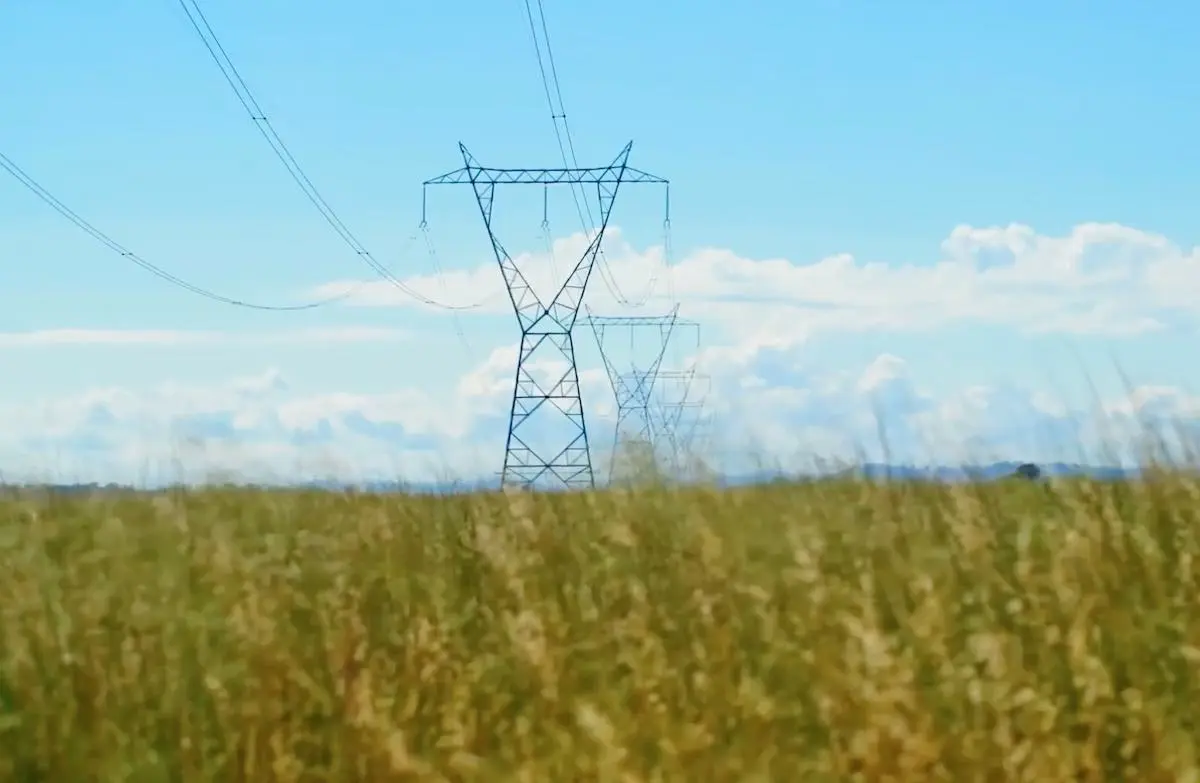In the midst of the cost of living crisis and high inflation, the expansion of renewable energy is a unique good news story for Australia as it continues to place downward pressure on wholesale power prices.
More renewable energy means cheaper, more reliable and cleaner energy for Australia – while prices for coal, oil and gas spike to historic highs on the back of the war in Ukraine.
To secure this new power we need to upgrade our electricity transmission grid so more price crushing, zero emissions renewable energy projects can be built and connected.
This is especially the case in Victoria. The shift from a coal-based electricity sector to a low cost, zero emissions renewable energy future means a change in where the majority of our electricity supply will be generated.
The state’s richest wind and solar resources are located in the west and north of Victoria, while historically the energy sector and the transmission infrastructure has been clustered around the brown coal deposits in the Latrobe Valley.
Just as we once built new transmission to connect the energy resources of the Latrobe Valley to power users in Melbourne and then to Portland, today we need to build transmission projects, like the Western Renewables Link near Ballarat and VNI West from Ararat to the Murray River, to harness the energy resources in northern and western Victoria.
This new transmission infrastructure is forecast to bring $6.16 billion in investment, 1,737 jobs and 3,082 indirect jobs to the new renewable energy zones in the west.
Aside from the jobs created, we need to ensure that the community properly benefits from hosting this infrastructure and that projects are constructed to best social and environmental practice.
The Victorian government recently introduced a policy to pay transmission line hosts $200,000 per kilometre over a 25-year period, which means Western Renewables Link, will deliver $38 million in direct financial benefits over the life of the project – a significant amount for our local community, in addition to a community benefit fund, landholder compensation and employment through construction.
Hosting critical infrastructure creates value for all power consumers by bringing down prices and underpinning Victoria’s zero emissions future. Local landholders and communities should be recognised for that.
There’s been confusing information aired about transmission. While it’s always valuable to challenge accepted thinking, we are also seeing misinformation that is designed to confuse and resembles discredited claims we saw around wind energy 10 years ago.
This threatens to undermine good faith engagement with host communities and stakeholders and does nothing to help communities understand what is already a difficult process.
False claims, such as increased terrorism risks are evidence free and dismissed by all experts and undermine the public good, climatic need and critical nature of the projects.
Ensuring Victoria can do its part in addressing climate change and can provide low cost, clean power for our homes and businesses requires the expansion of transmission infrastructure to connect our cities and industry to the wind and solar farms being constructed in the state’s renewable energy zones.
We need to conduct conversations in good faith and build the capacity of communities to participate in and benefit from the switch to renewable energy. This makes economic, social and environmental sense.
We need to get this right otherwise we will all lose out – we have the opportunity to act on climate while building a renewable energy grid to keep the lights on.
Tom Quinn is managing director – Springmount Advisory, a specialist climate and policy consulting practice. Former, founding CEO of the Future Business Council and Head of Policy and Research of Beyond Zero Emissions. Tom is based in regional Victoria near Ballarat.
Tony Goodfellow is Victorian coordinator for RE-Alliance. Tony has a masters from Melbourne University, is a spokesperson for the Climate Council’s Climate Media Centre, formerly Board member at BREAZE and lives in Ballarat where he grew up.







